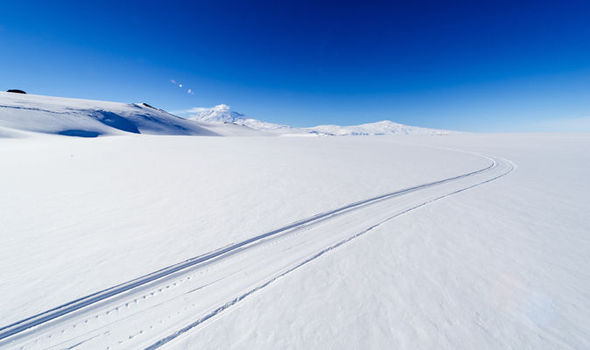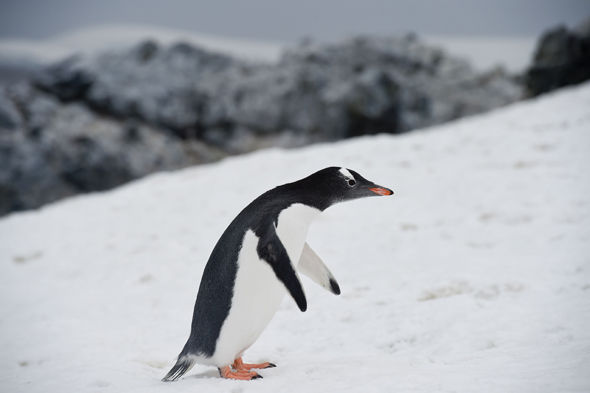Secret lake underneath Antarctica may be home to prehistoric and UNDISCOVERED life

A LAKE lurking beneath the surface of Antarctica has just been discovered and scientists are hopeful that it contains some prehistoric life.
The massive underground body of water, which measures 100km by 10km, would be the second largest sub-glacial lake discovered in Antartica – behind only Lake Vostok.
It was discovered by scientists from Imperial College London who used satellite imagery to analyse grooves on the surface which were similar to other sub-glacial lakes beneath the icy surface of the southernmost continent.
Martin Siegert of Imperial College London, a member of the research team, told New Scientist: “We’ve seen these strange, linear channels on the surface, and are inferring these are above massive, 1000km-long channels, and there’s a relatively large subglacial lake there too.”
It is located on the eastern coast of Antarctica in Princess Elizabeth Land and is just 100km from the nearest research base – which is relatively short considering how massive the continent is – according to an announcement the team made at the European Geosciences Union in Vienna last week.
Furthermore, the underground lake could be home to prehistoric and previously undiscovered life forms, which have been left to evolve in isolation from the rest of the world.
The lake has remained in liquid form as geothermal activity beneath it would prevent it from freezing.
location of newly discovered subglacial lake in Antartrica pic.twitter.com/cAIB4n4lpb
— Colm McGlinchey (@ColmMcGlinchey) 26 апреля 2016 г.
All that remains for the scientists to do now is confirm that the lake is actually present.
Chinese and US researchers have already flown over it to collect ice penetrating radar data which will be reviewed next month.
Mr Siegert added: “We’re meeting in May to look at the data.
“It will be a very good test of our hypothesis about the lake and channels.”
Политика конфиденциальности | Правила пользования сайтом








